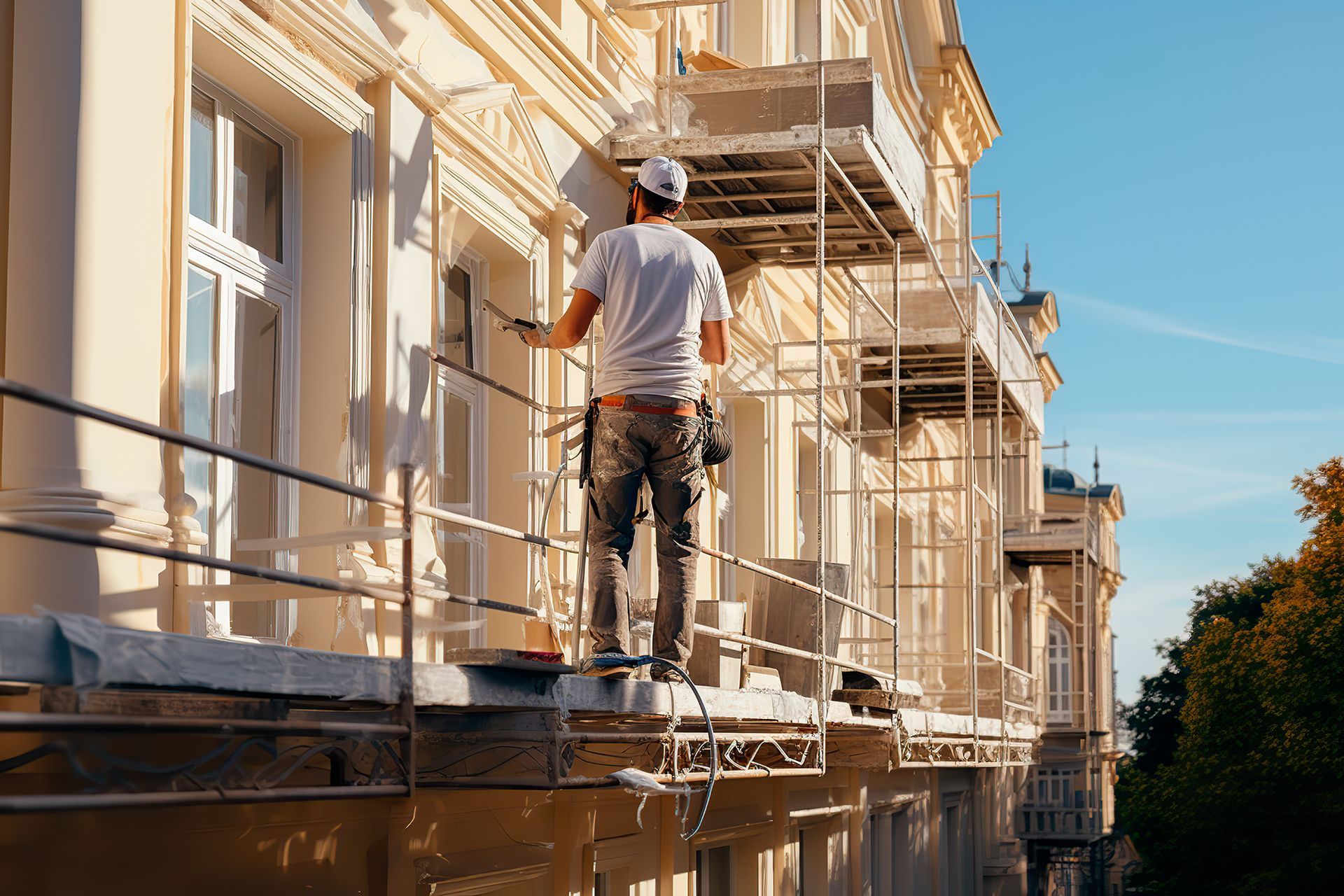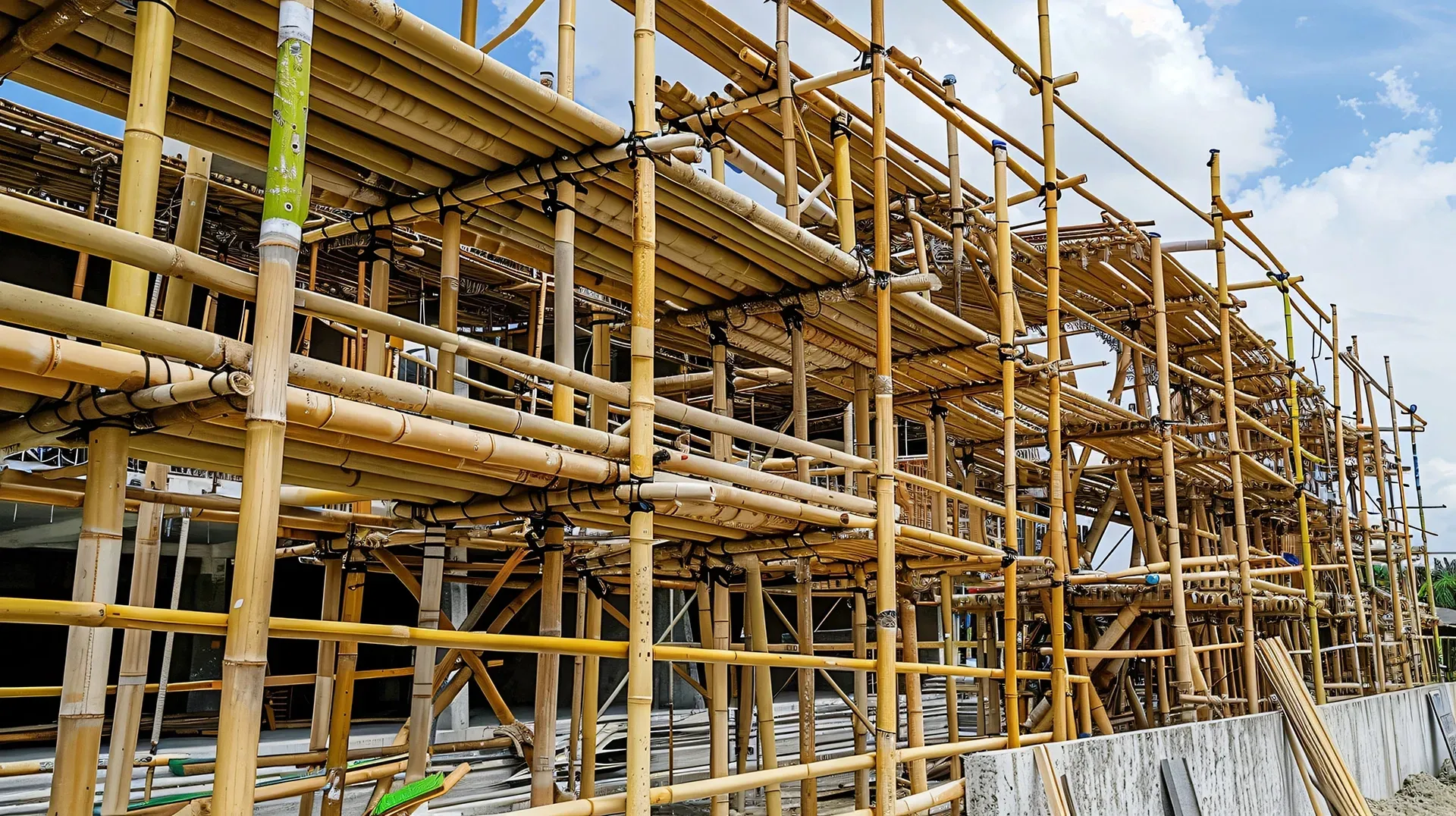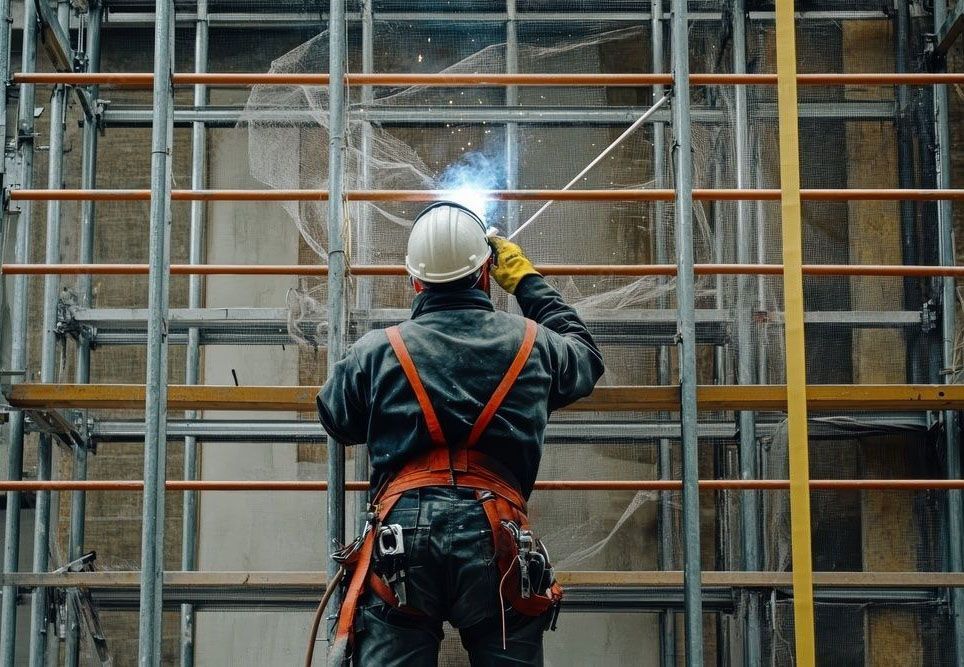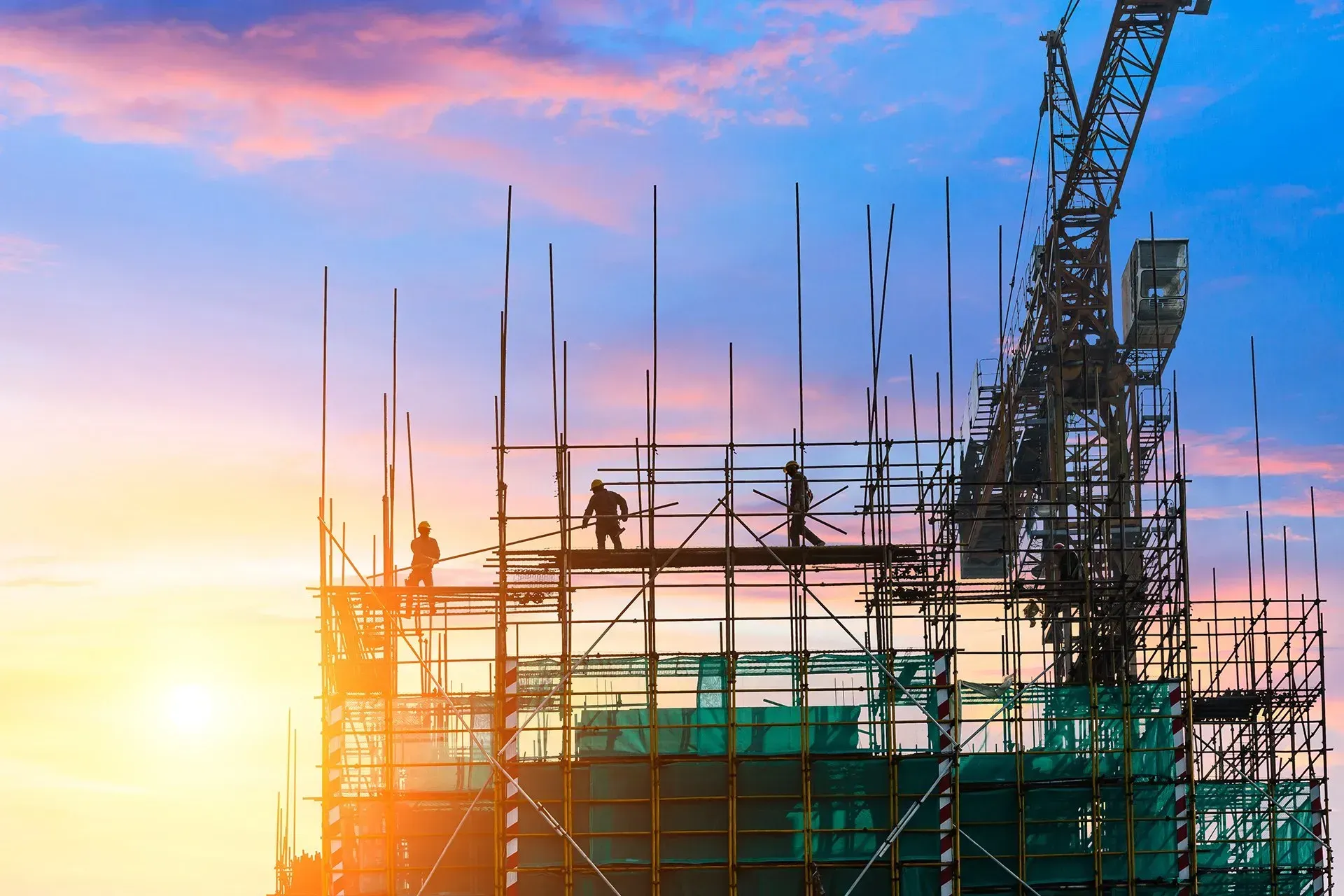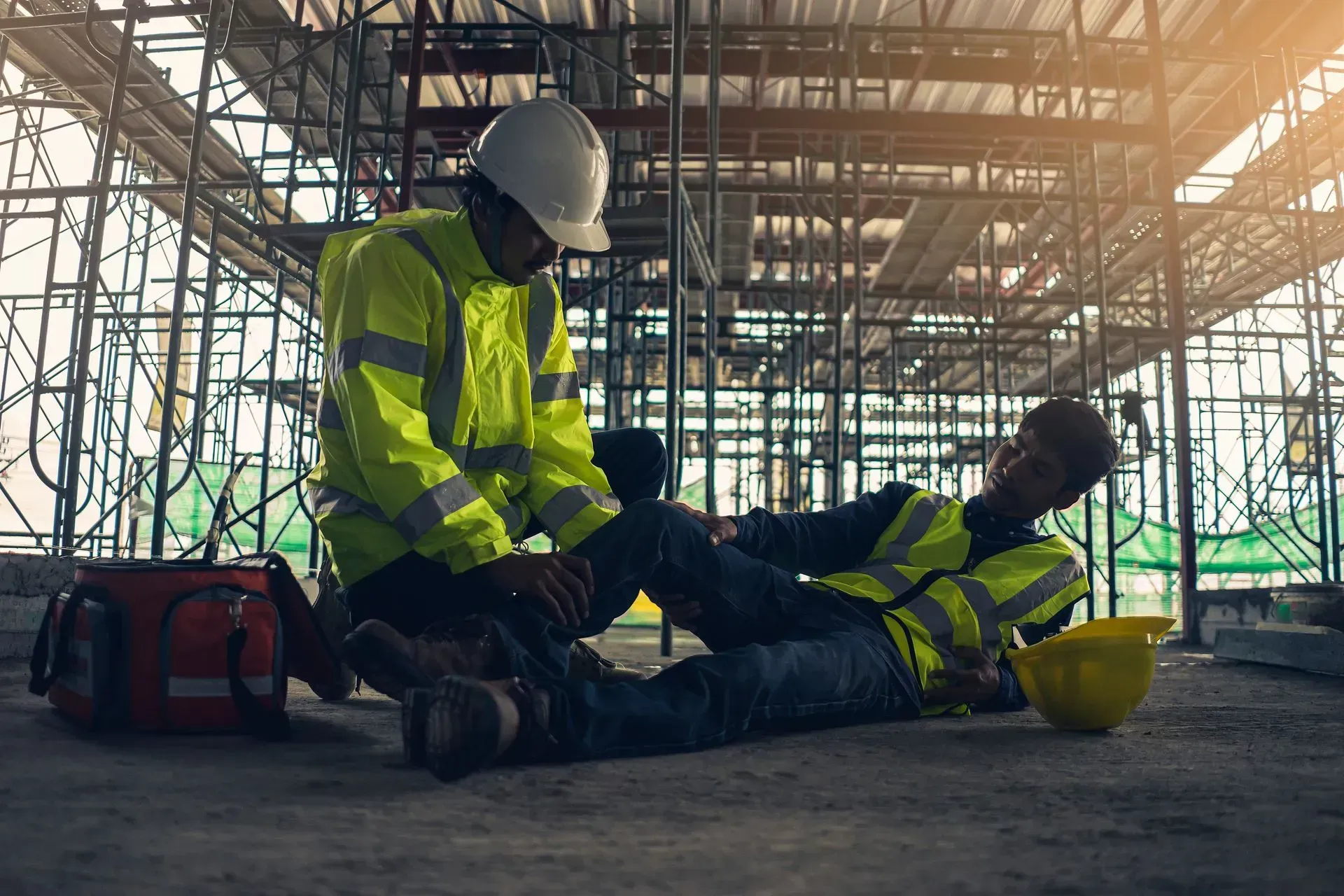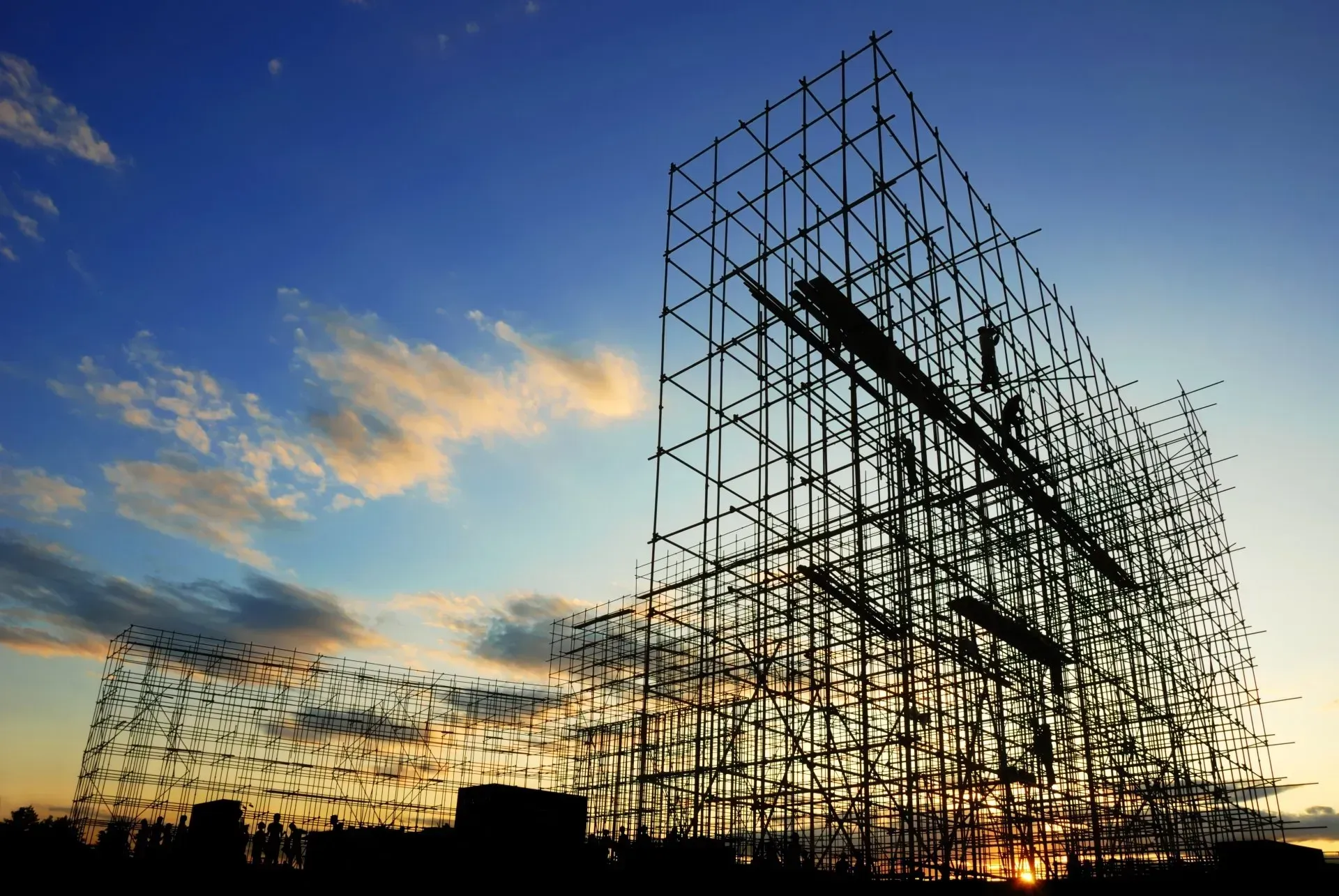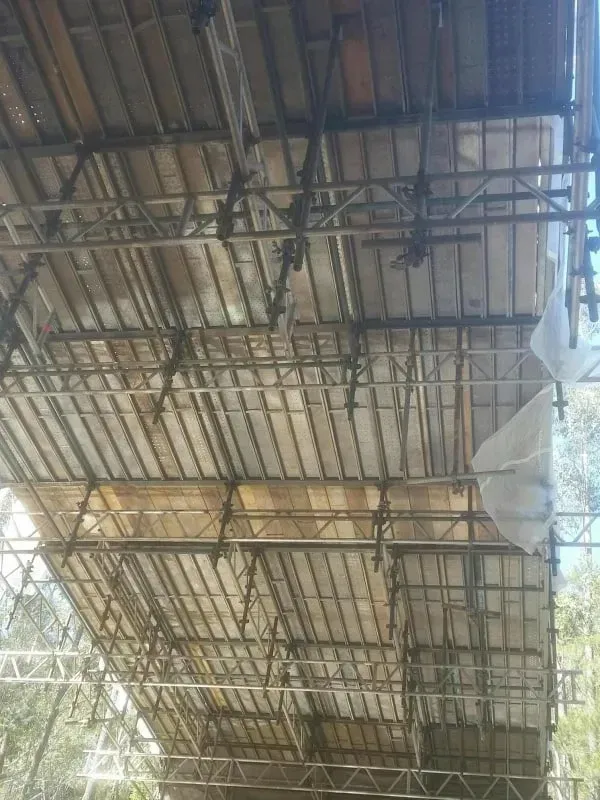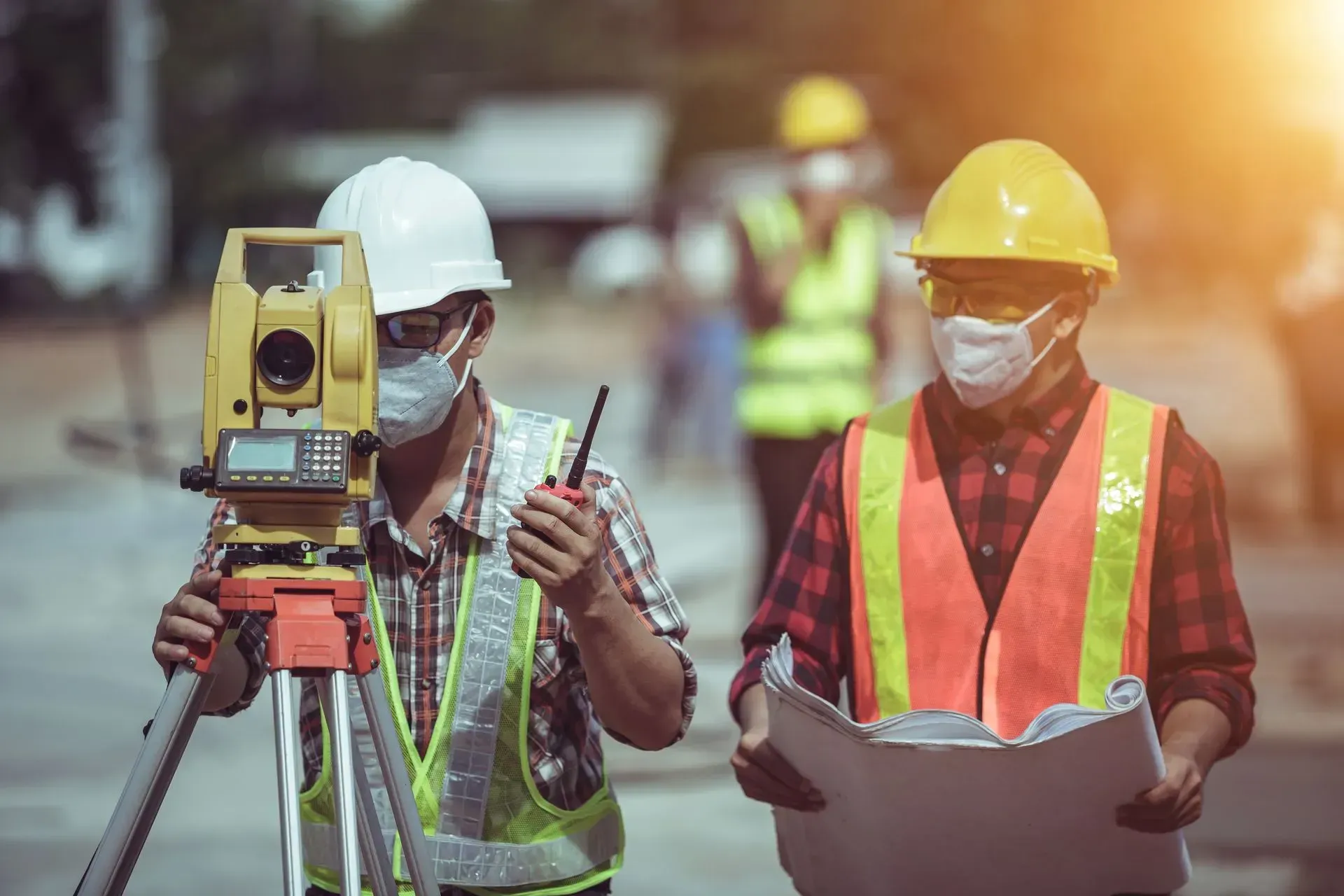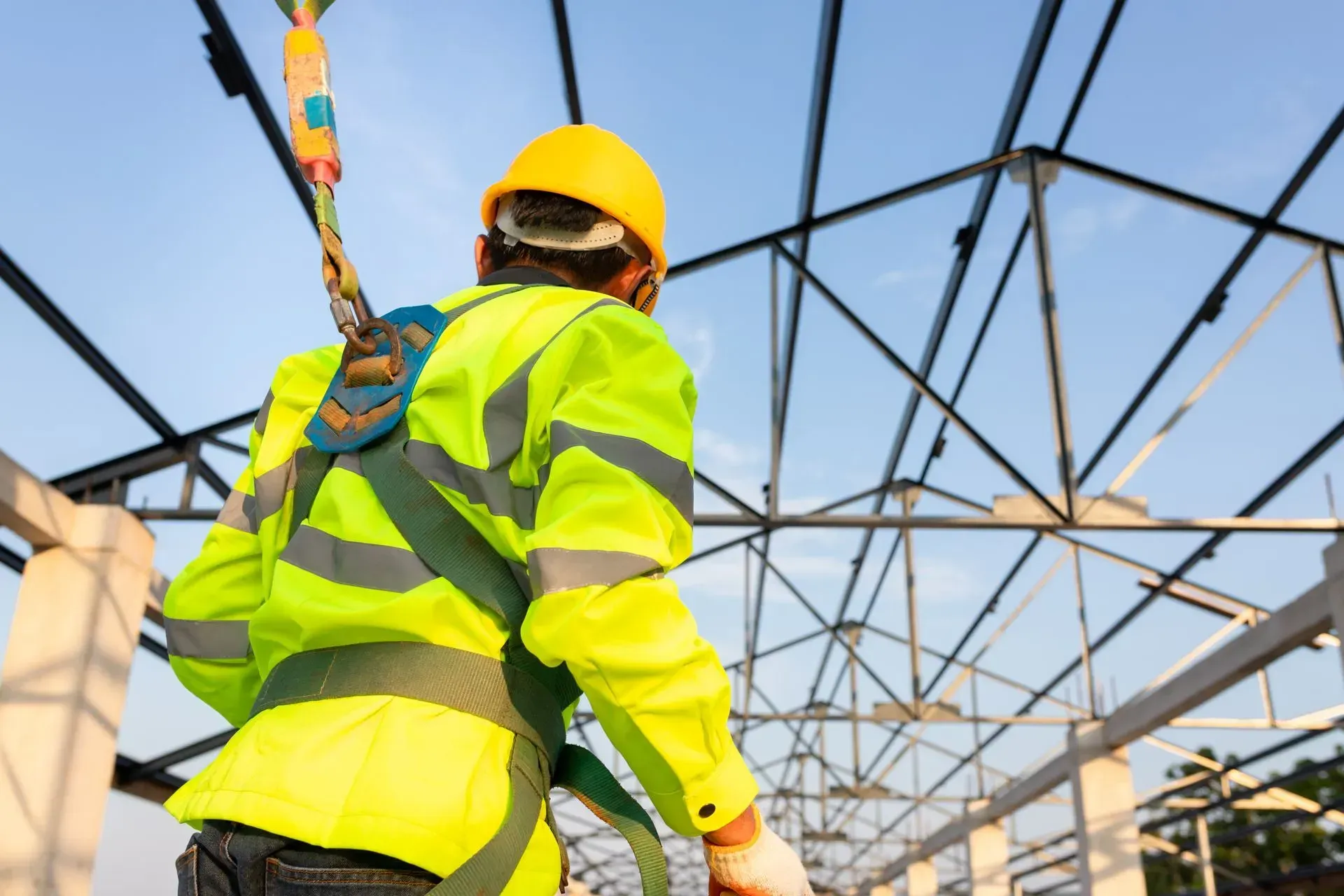How High Can You Build A Scaffold Without A Licence
Looking to ensure the scaffoldings for your next construction project is safe and compliant with the Australian safety standards? Crewscaff is a trusted scaffold hire company in Wollongong that delivers high quality scaffolding solutions with a guarantee of complete safety for your workers and the public.
Scaffolding is a temporary structure typically made from metal or wood plank that is used to support construction workers and materials during construction or renovation. In every structural project, scaffolding provides a crucial support system that allows workers to access areas that are too difficult to reach.
Not only does this temporary structure provide an access platform to workers and their materials, but it also offers safety for both workers and the people around the vicinity. However, before erecting a scaffold, the operator must be competent or at least have a basic scaffolding licence.
In Australia, there are three levels of scaffold licences that are recognised - basic scaffolding licence, intermediate scaffolding licence, and advanced scaffolding licence. Here's a brief overview of what each level entails:
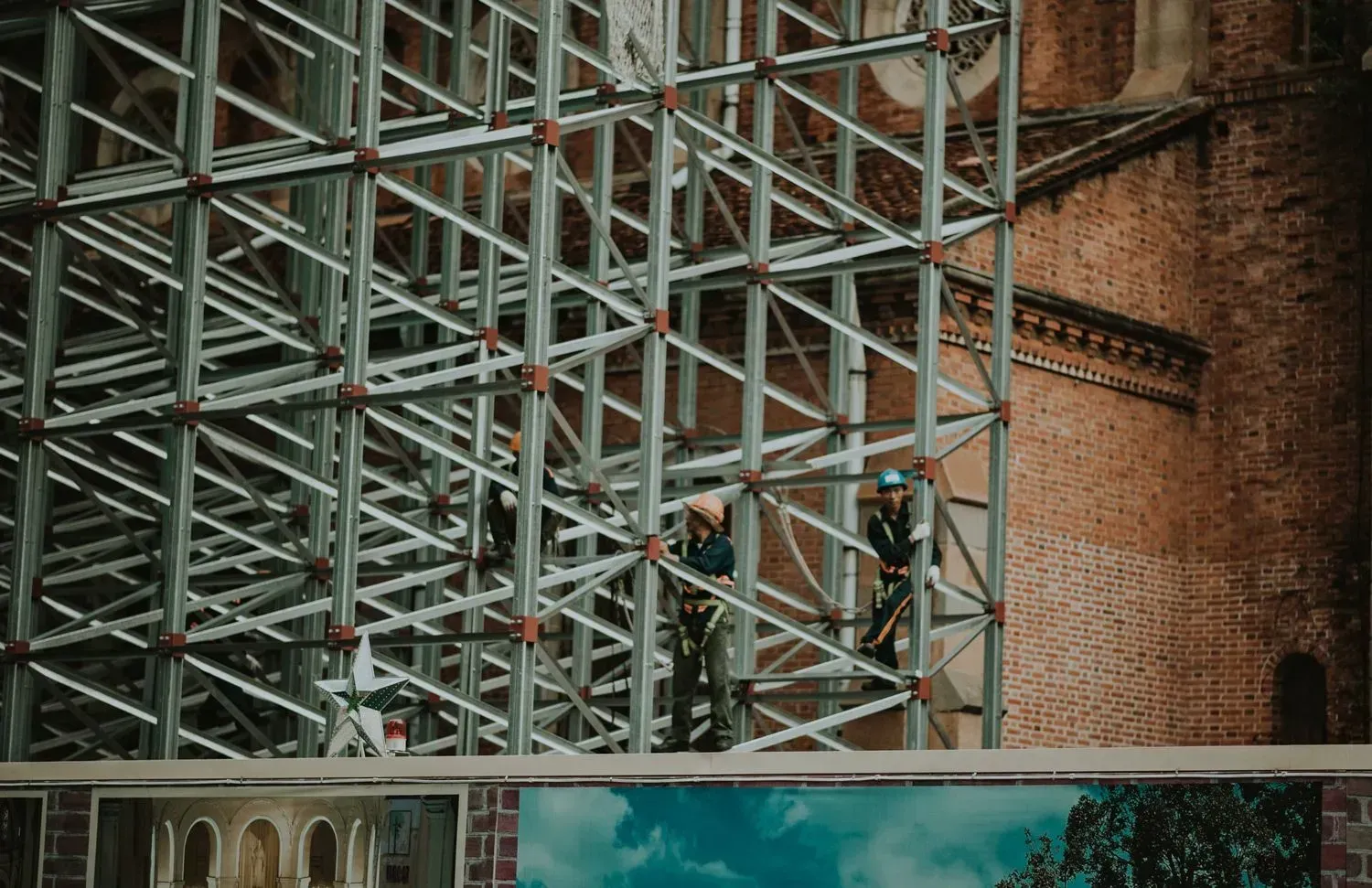
Basic Scaffolding
Applying for a basic scaffolding licence allows you to learn the standard operations and carry out basic scaffolding work involving:
- modular or prefabricated scaffold
- cantilevered materials hoists with a maximum working load of 500 kg
- ropes and gin wheels
- safety nets and static lines
- bracket scaffolds
Intermediate Scaffolding
With the intermediate scaffolding licence, you are eligible to assemble intermediate scaffolding systems and advance to more complicated scaffolding work such as operating on:
- cantilevered crane loading platforms
- cantilevered and spurred scaffolds
- barrow ramps and sloping platforms
- perimeter safety screens and shutters
- mast climbers
- tube and coupler scaffolds (including tube and coupler covered ways and gantries)
An intermediate scaffolding course allows students to access all the knowledge and skills they need to be qualified for an intermediate scaffolding licence.
Advanced Scaffolding
Advanced scaffolding licence allows you to be trained to perform more difficult and advanced scaffolding work that involves:
- cantilevered hoists
- hung scaffolds, including scaffolds hanging from tubes, wire ropes or chains
- suspended scaffolds
How high can you build a scaffold without a licence NSW?
Under the WHS Regulation section 81, in performing a scaffolding work where a person or object could fall more than 4 metres from the scaffold, the scaffolder must hold a basic, intermediate or advanced high risk work licence as specified under Schedule 3 of the WHS Regulation. However, a person does not need to hold a high risk work licence when erecting or dismantling towers and mobile scaffolds if the person or object could fall four metres or less from the scaffold.
At any rate, the persons conducting a business or undertaking (PCBUs) and the principal contractor should remain strict with their general obligation which is to guarantee the health and safety of their employees as well as everyone in the workplace. This means that they still have to make sure that anyone who will perform scaffolding work is a competent person, and should be able to obtain information, guidance, training, and supervision before he can safely erect, demolish, maintain, and modify the scaffold.

In addition, a person performing high-risk work is not required to have a licence provided that the work is:
- in the course of training towards a certification in order to obtain a licence and carry out the high-risk work
- under the guidance of someone who is licenced to perform the high-risk work
Although a high risk work licence is not required to operate a basic scaffolding, it still requires you to possess a certain set of knowledge and skills to guarantee safety in the workplace. To this end, a certified scaffolding for hire company can assist in providing competent personnel with the necessary training and expertise.
What Australian standards apply to scaffolding?
The AS/NZS 1576 covers the standards that apply to scaffolding work in Australia. The standard includes scaffolding guidelines, design, and operational requirements for scaffolding systems, scaffolding equipment and scaffolds, as well as the specifications for catch platforms erected on scaffolds.
When constructing a scaffold, it's important to adhere to these standards for the safety of everyone on site. All parts should be inspected regularly and workers should receive adequate training to be able to recognise potential hazards associated with the scaffolding work.
What is the maximum mobile scaffold height?
According to the Scaffolding Code of Practice 2021, the maximum height for a mobile scaffold or a free standing independent scaffold is no greater than the working height as specified by the manufacturer or designer. When using adjustable castors, the surface's slope shouldn't be greater than three degrees, unless the manufacturer specifies otherwise.
It is also important to note that the base of the scaffold should be set up on a level surface and be adequately secured to ensure stability, especially when working at higher elevations. Additionally, it's crucial to follow all safety procedures and regulations to prevent accidents while using mobile scaffolds.
Takeaway
Scaffolding work is a job that's not for everyone as it requires in-depth knowledge, training, and skills in order to do the job safely and effectively. In order to work in the scaffolding industry, you must have a valid licence issued by Safe Work Australia that includes a basic scaffolding licence, intermediate scaffolding licence, and advanced scaffolding licence.
With the high level of risk associated with this kind of job, it is important to practice the safety standards and protocols to prevent any injuries or deaths. At Crewscaff, all our scaffolders have the knowledge and experience in all aspects of scaffolding, from reading and interpreting plans, designing scaffolds, managing crews, communicating with operators, and giving the client exactly what they want without any hassle.
Our client's safety and quality are our top priority and we back this up through our insurances, Safe Work Method Statements, Job Safety Environment Analysis, and paperwork. On top of that, we ensure that all of our staff complies with the ‘Scaffolding & Scaffolding Work Code of Practice’ following the WHS regulations.

